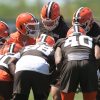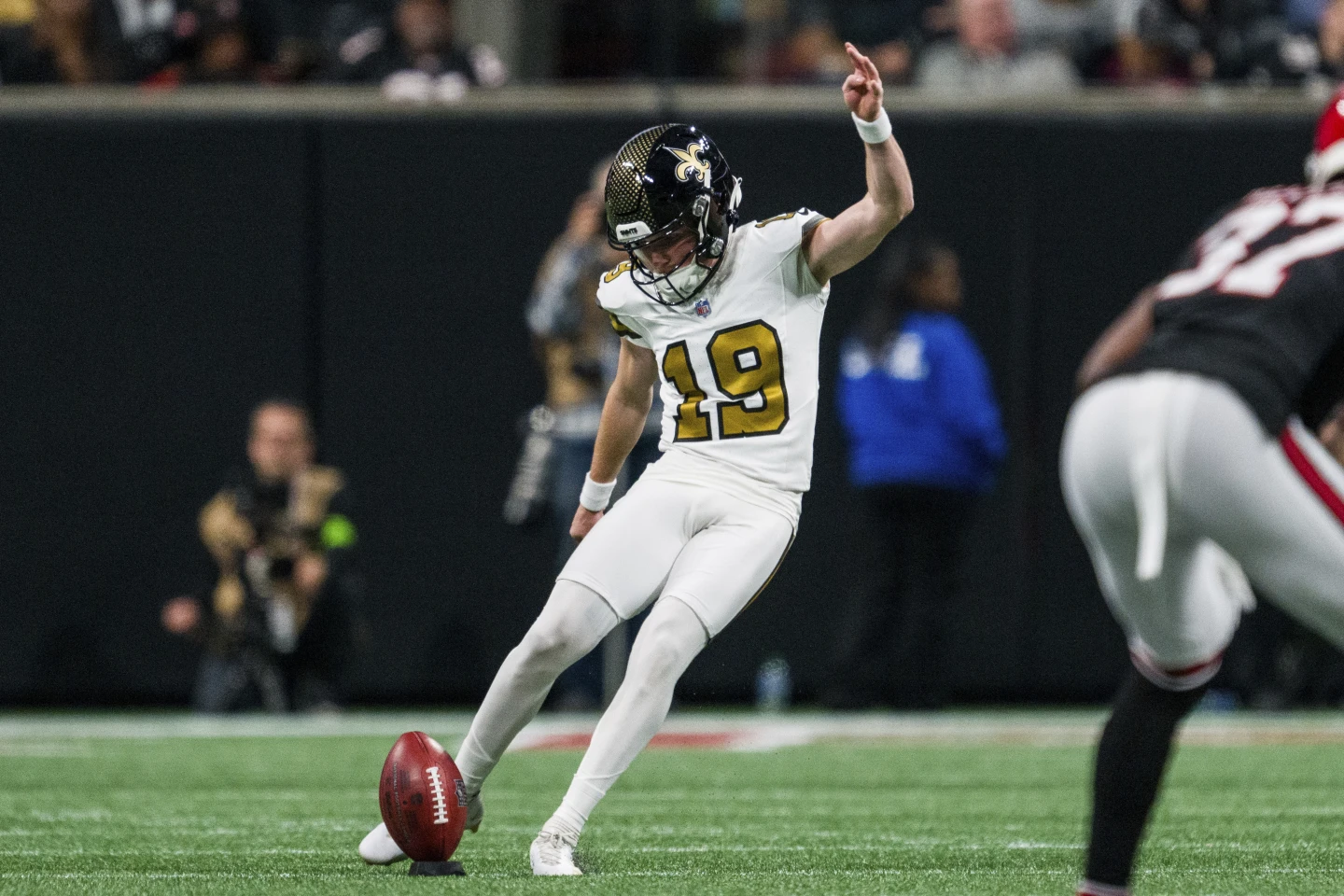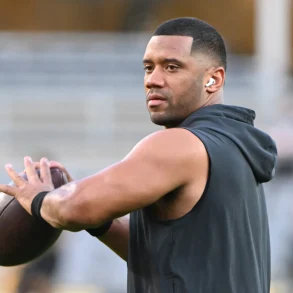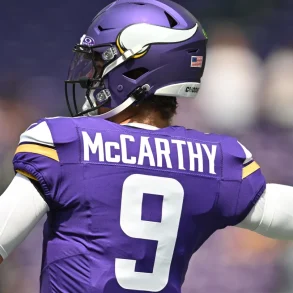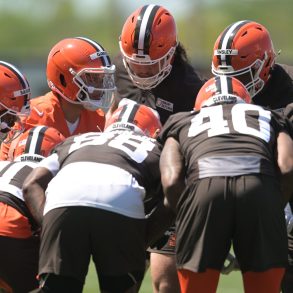New Orleans Saints special teams coach Darren Rizzi said he felt like a real estate agent during the early days of training camp, telling kickers to forget their old, deep-ball habits and instead focus on “location, location, location.”
“You’ve got to get the old mentality out of your heads,” Rizzi said. “The most important thing now is where the kickoff lands.”
Rams special teams coordinator Chase Blackburn said it simply: “From a kickoff perspective, all the kickers are rookies.”
Most kickers in the U.S. have always tried to kick the ball as deep as possible, from youth football through college and into the pros. The new “dynamic” kickoff rules have forced them to quickly change their approach.
This shift might also open up chances for international players who want to test their skills in the NFL.
“It’s a bit more finesse now,” Saints kicker Blake Grupe said. “You don’t want that extra power you might get from being a bit more pumped up. You have to slow things down and focus on contact, because you don’t want to kick it into the end zone.”
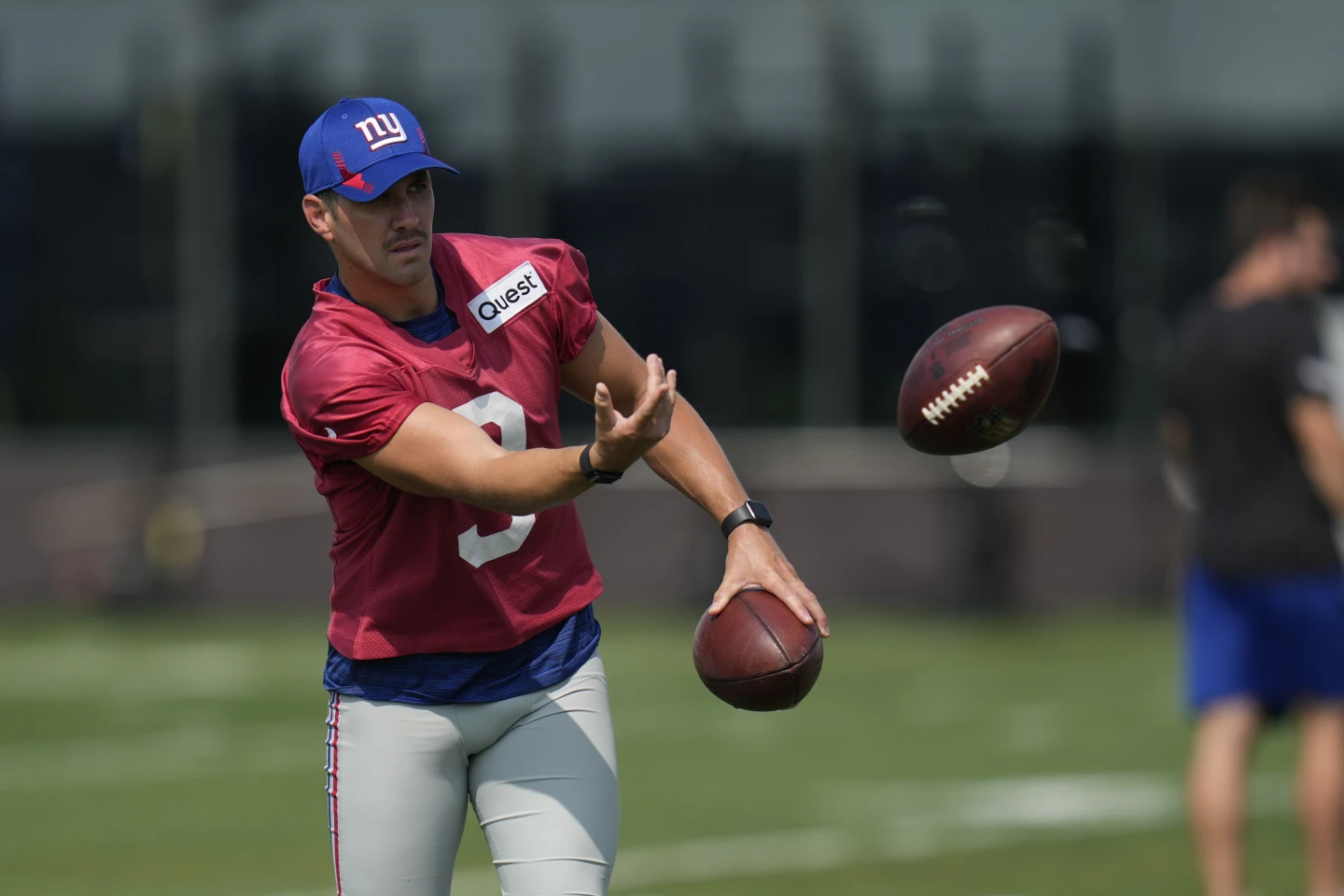
Touchbacks now start at the 30-yard line instead of the 25, and kickoffs that land short of the 20 or go out of bounds give the receiving team the ball at the 40.
“You have to manage that space” between the 20, the goal line, and the sidelines, Raiders special teams coach Tom McMahon said. “You can’t just hit a ball on the ground,” like a squib kick.
Kickers still kick from their own 35-yard line, as before. Coverage players are now positioned at the opponent’s 40-yard line but cannot move until the ball is kicked. This change aims to increase the number of kick returns without adding extra risk.
Grupe, who is a keen golfer, compares the new kickoff rules to “one of those tee shots where you can’t hit driver because the water cuts in. You’ve got to lay it up.”
However, kickers want to avoid just landing the ball in the middle of the field, where a returner might catch it with forward momentum.
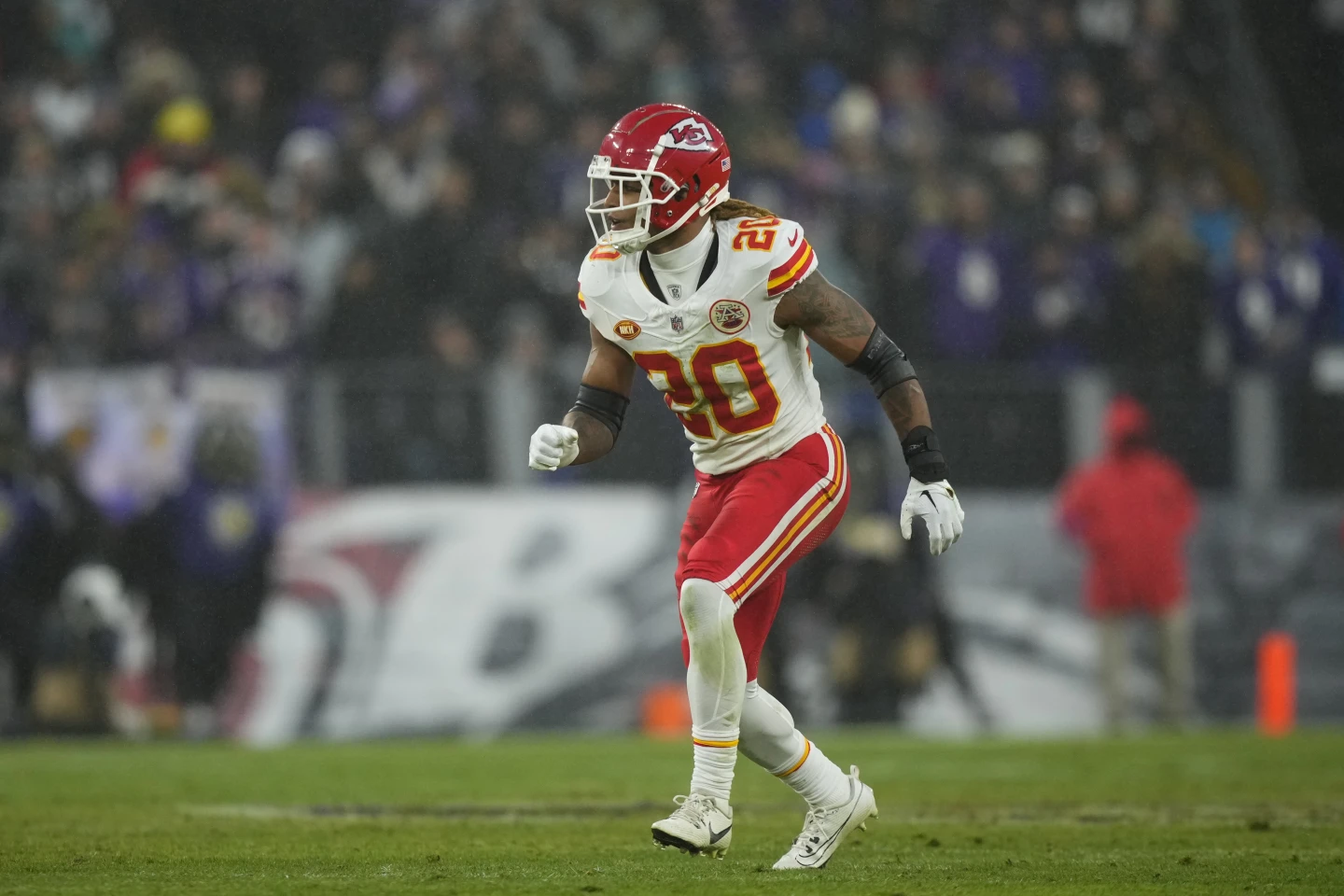
“You need to get these returners moving sideways,” McMahon said.
The new rule was first seen in the Hall of Fame game between Chicago and Houston in Canton, Ohio. Out of eight kickoffs in the game, only one was a touchback, and the seven returns were between 15 and 31 yards. The average starting field position after kickoffs was the 26-yard line.
Last season, only 21.8% of all kickoffs were returned.
This rule change might have a big impact on kickers like Graham Gano of the Giants, who is 37 and in his 15th NFL season. He feels confident about using his soccer skills from his youth now that precise ball placement is more important.
“Whatever they call, I’ll be able to do,” Gano said.
Similarly, Seattle kicker Jason Myers also mentioned using his soccer background, raising the possibility that players from other foot sports, both in the U.S. and internationally, could be considered more seriously by NFL special teams coaches.
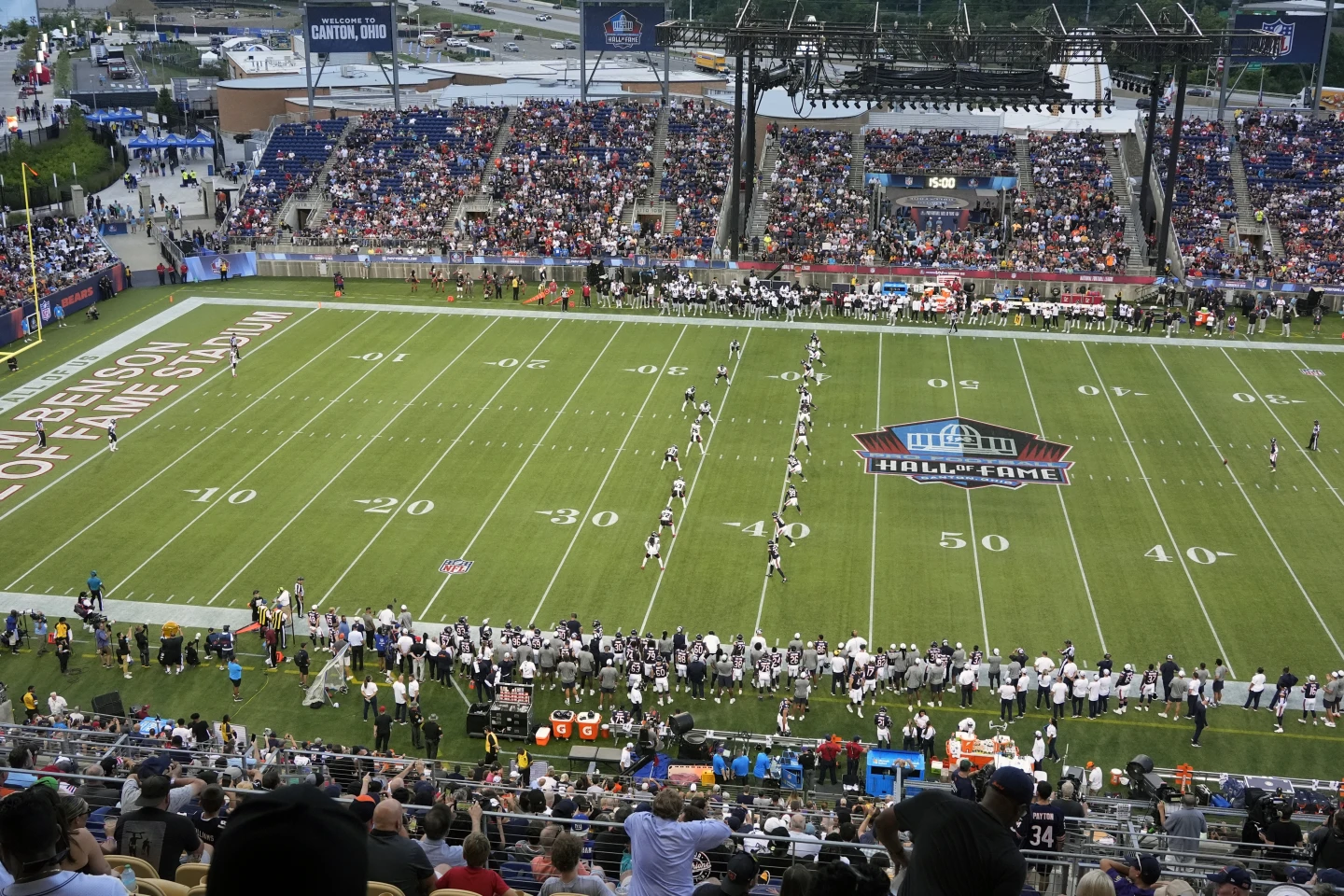
“Anyone with a variety of kicking styles will benefit from this new rule,” Rizzi said, noting that the Saints signed Irish Gaelic football player Charlie Smythe to compete with Grupe in camp.
Smythe is part of the NFL’s International Player Pathway Program that started in 2017. This year’s group also includes players from rugby and Australian football.
Rizzi mentioned that the new kickoff rules “did factor in” when the Saints decided to sign Smythe.
“It’s more similar to what he was doing (in Ireland) than what the NFL used to be doing,” Rizzi said. “He’s kicked a number of different kicks.” Smythe believes the new rule “definitely something that will help me in the long run.”
“I feel like it’s helped me already,” he added. “I’ve got a lot of different ways I can kick the ball and hopefully I’ll be able to show that.”
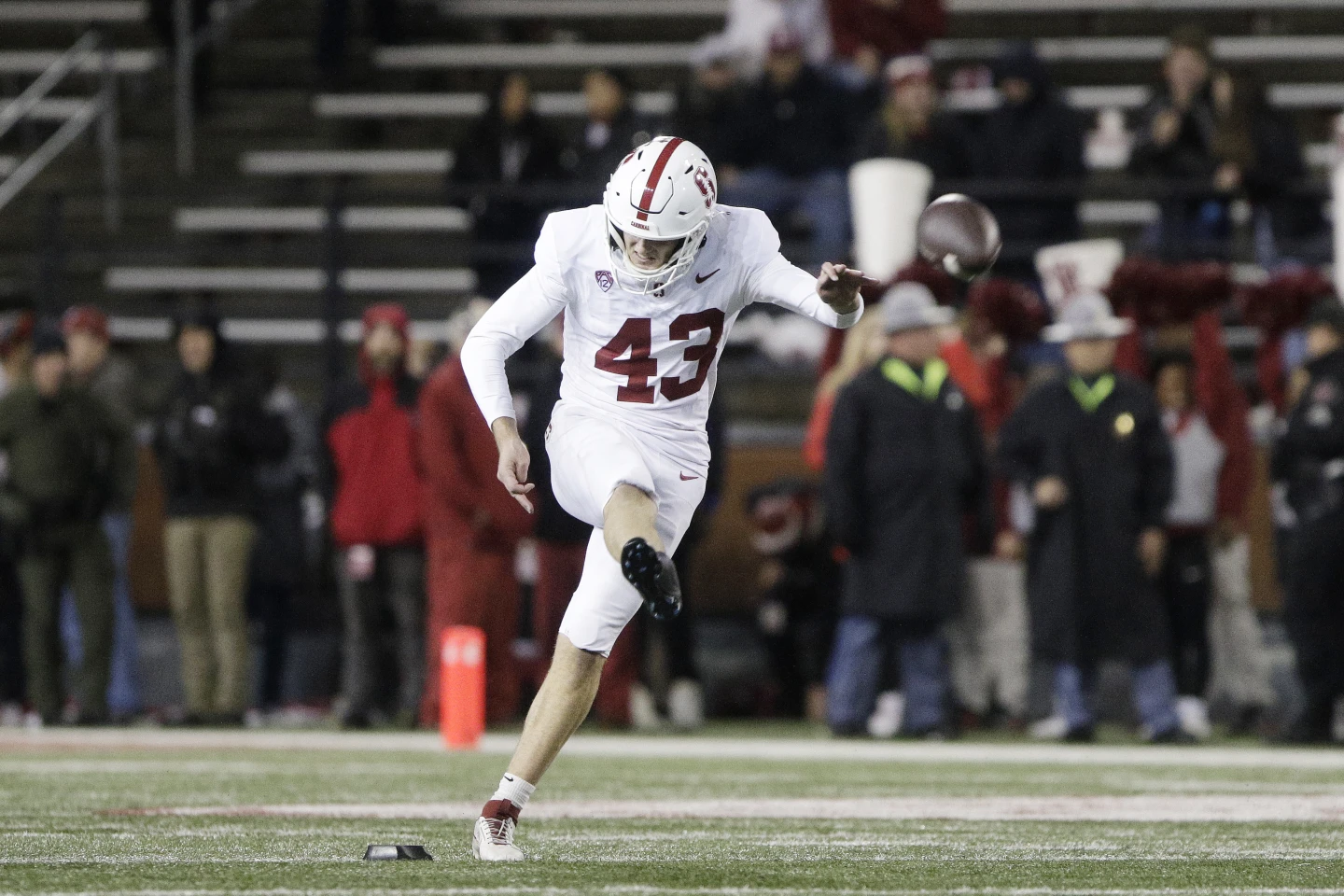
There might also be chances for other players who kick well, like Kansas City safety Justin Reid, who was already the Chiefs’ emergency kicker. Special teams coaches think that since the new rule could lead to more returns, there may be more chances for kickers to tackle.
So, the Chiefs are looking at Reid for some kickoffs.
“As long as the ball is in play and we have the extra guy running down there like a heat-seeking missile, good things are going to happen,” Reid said.
Coaches say that touchbacks will now be more strategic plays, like at the end of a half or game, when teams want to limit the chance of a big return that could quickly lead to a score. Teams protecting a lead might also choose more touchbacks.
“If we do move on from trying to hit touchbacks, it’d be a little sad,” Rams kicker Joshua Karty said. “It was fun trying to just go out there and boom the ball every single time.”
However, he added, “it could be exciting if the new kickoff rule creates some sort of value in a different way for kickers.”


